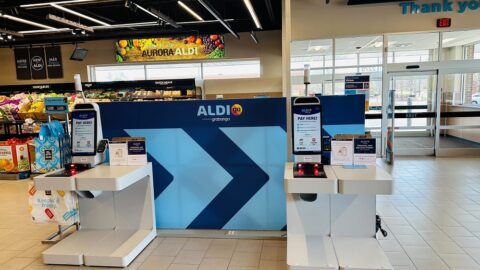 Malls and shopping centers are more likely to draw shoppers that are wealthier than the residents who live closest to the establishments, according to a study from StreetLight Data.
Malls and shopping centers are more likely to draw shoppers that are wealthier than the residents who live closest to the establishments, according to a study from StreetLight Data.
The Mall Shopper Mobility Report unveiled key travel and economic patterns associated with consumers visiting 5,369 malls and shopping centers across the U.S. To conduct the study, StreetLight Data referred to archival, anonymous and aggregated data from cellular tower networks and GPS navigation systems. The data represents behavior on a typical day during 2013, excluding the holiday shopping season.
Based on travel patterns and conversations with retail and real estate experts, StreetLight Data created four separate “shopper scores” to grade each shopping center:
Advertisement
- Neighborhood Shopper Score, measuring the presence of shoppers who live within three miles of a shopping mall. The score ranges from 0 to 100, with 100 representing a property dominated by local shoppers;
- Regional Shopper Score, measuring the presence of shoppers living more than 25 miles away. The score ranges from 0 to 100, with 100 representing a property dominated by regional shoppers;
- Workplace-Centric Score, measuring the presence of shoppers working within three miles of the mall. The score ranges from 0 to 100, with 100 representing a property dominated by shoppers who work in close proximity; and
- Income Swing Score, measuring how much more (or less) wealthy a property’s shoppers are than residents who live within three miles of the mall. The score ranges from -50 to 50, with a positive score indicating that the shoppers are wealthier.
Idaho acquired the highest Neighbor Shopper Benchmark Score (80) and Workplace-Centered Shopper Benchmark Score (86), while Mississippi had the highest Regional Shopper Benchmark Score (71). Maine has the highest Income Swing Score at 24.
Click here to download the full report.









